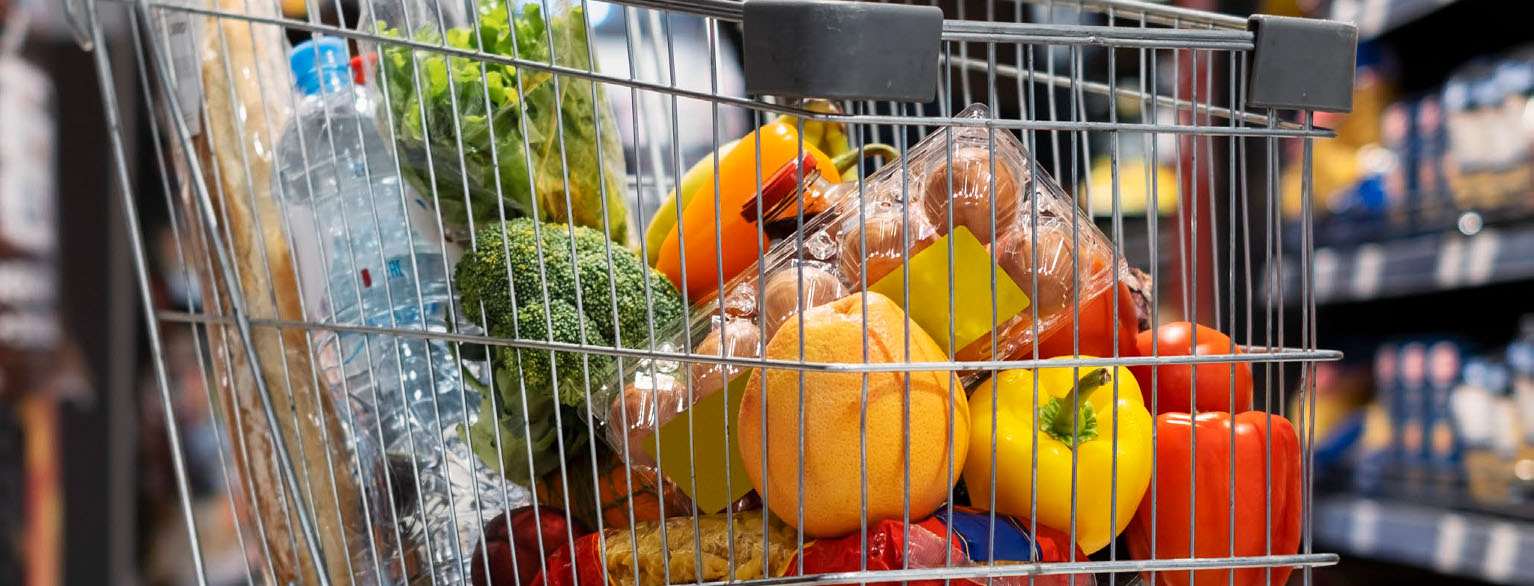The Localization Playbook: How to Develop Targeted Merchandising Strategies & Win Repeat Customers
Back to All InsightsWhy Localization Matters
Ease of shopping is becoming a new battleground for retailers. In the ecommerce channel, search algorithms, personalization, and social commerce have all simplified and removed friction from the customer experience; however, the brick-and-mortar experience has failed to keep pace. Customers have acclimated to easily finding their products in a digital world, and they are seeking a similarly frictionless experience in the physical world. However, we have found that shoppers are having a hard time finding the products they want in retail locations.
Physical retail continues to be the predominant retail channel and retailers have a large opportunity to refine their in-store shopping experience. Brick and mortar stores are space constrained by nature, so they inevitably can’t deliver the endless aisle experience that ‘.com’ offers. Despite this, retailers can leverage shopper insights to tailor their in-store assortment and experience to account for the most common local customer needs.
In the brick-and-mortar setting, retailers should look towards merchandising localization to drive top-line growth, optimize inventory levels, and increase customer loyalty. The old retail adage remains as true today as it ever has – retailers need to have the right product, at the right store, at the right time, and of course, at the right price. The difference today is advanced analytics enable retailers to hone-in on customer needs, ensuring the products they desire are not only carried at their local store, but are easy to find. Sophisticated retailers are harnessing their analytical horsepower and refining their merchandising strategies by location.
Successful localization efforts are a balancing act. To effectively implement localization strategies, retailers must have an in-depth understanding of their customer base, store attribution, and store-level performance. While there is upside to localization, retailers need to balance the benefits associated with making more localized decisions and the effort required to execute and monitor performance. Not all localization strategies are created equal. We recommend that you start with easier-to-implement quick wins. As your organization develops the capabilities to localize and operate effectively, you can move on to more complex initiatives.
Even at highly optimized retailers, we’ve seen instances where localization strategies drove 2-5% top-line growth with reduced inventory positions.
4 Quick Levers To Strengthen Your Localization Efforts
Lever 1: Identify major assortment gaps for your local customer populations by looking across ethnic needs. One of the quickest ways to achieve merchandising localization is by tailoring assortment to customer demographics. Demographic information is readily available and should be leveraged. Demonstrate your understanding of local customer needs by first concentrating on stores with high ethnic customer penetration and expanding relevant assortment offerings. For example, you may consider creating a Hispanic or Asian food destination. It’s important to note that ethnic needs are more acute in food, personal care, and beauty categories.
Dollar Tree recently adjusted hair care and cosmetic assortments to be more tailored to customer demographics and ethnic needs.
 Lever 2: Modify your product selection based on local income levels. In lower income areas, be deliberate about having robust private label offerings and focusing on low-cost items and basic essentials. For stores in more affluent areas, expand your assortment breadth in premium and discretionary products to drive growth.
Lever 2: Modify your product selection based on local income levels. In lower income areas, be deliberate about having robust private label offerings and focusing on low-cost items and basic essentials. For stores in more affluent areas, expand your assortment breadth in premium and discretionary products to drive growth.
Lever 3: Incorporate destination-based customer needs. Identify opportunities to tailor your assortment to the surrounding store environment. For example, stores near beaches, lakes, and camping sites should carry activity-based products such as camping gear, outdoor apparel, and picnic food. Stores located near universities can be stocked with more ready-made meals. Retailers with locations near cruise ports frequently carry additional inventory of motion sickness items. Some retailers go as far as creating Disney stores in Orlando and Anaheim with dedicated spaces for souvenirs and licensed apparel.
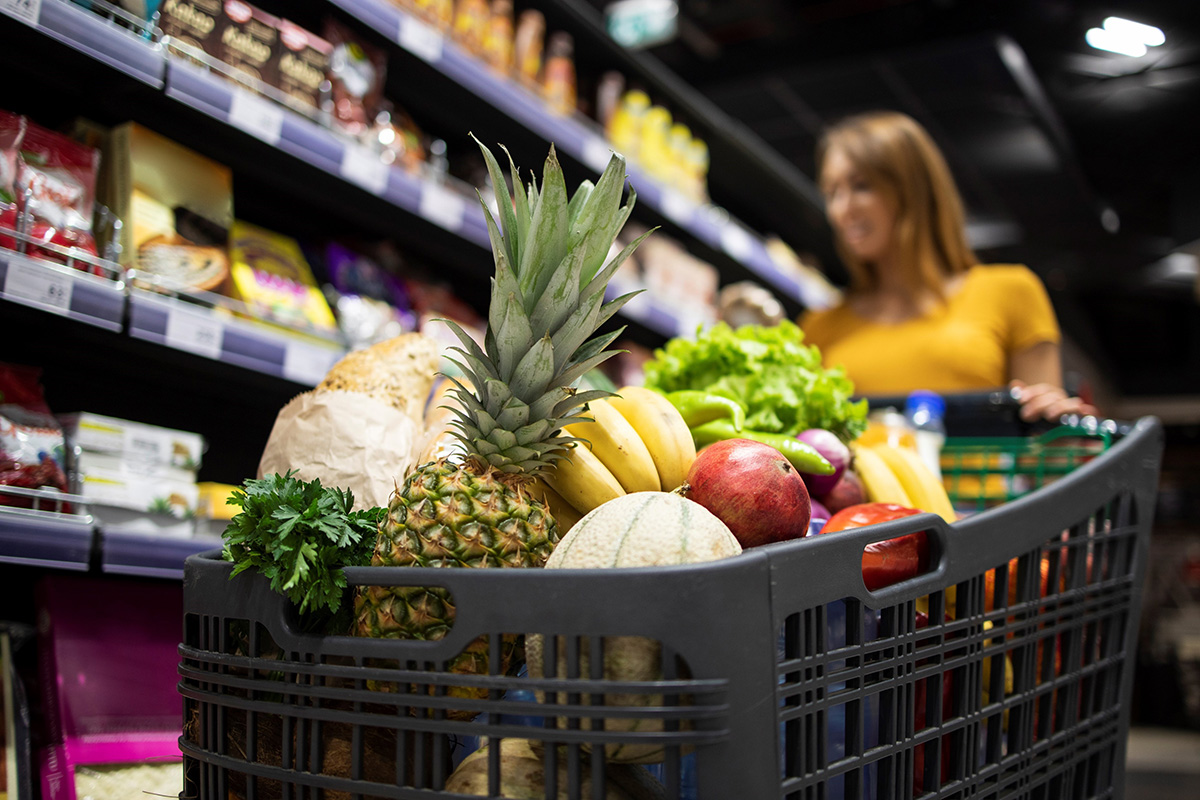
Lever 4: Establish a consistent, trustworthy feedback loop with store management. Empower store managers to provide direct feedback on product assortment as they can be looked to as a proxy for customers. High performing store managers are often in-tune with what items sell well, and retailers should leverage their insights. We’ve found that retailers spend less time localizing their secondary space (e.g., endcaps, pallets). These high visibility areas are perfect locations to stock locally relevant product. Store manager feedback can also protect retailers from oversupplying premium products in more price sensitive stores.
A quick way to demonstrate that you know your customer is by carrying products related to local sports teams. These items should be placed strategically in prominent locations during relevant seasons.
Beyond quick wins, you should look at coupling localization decisions with your merchandising decisions to develop a pathway of long-term growth.
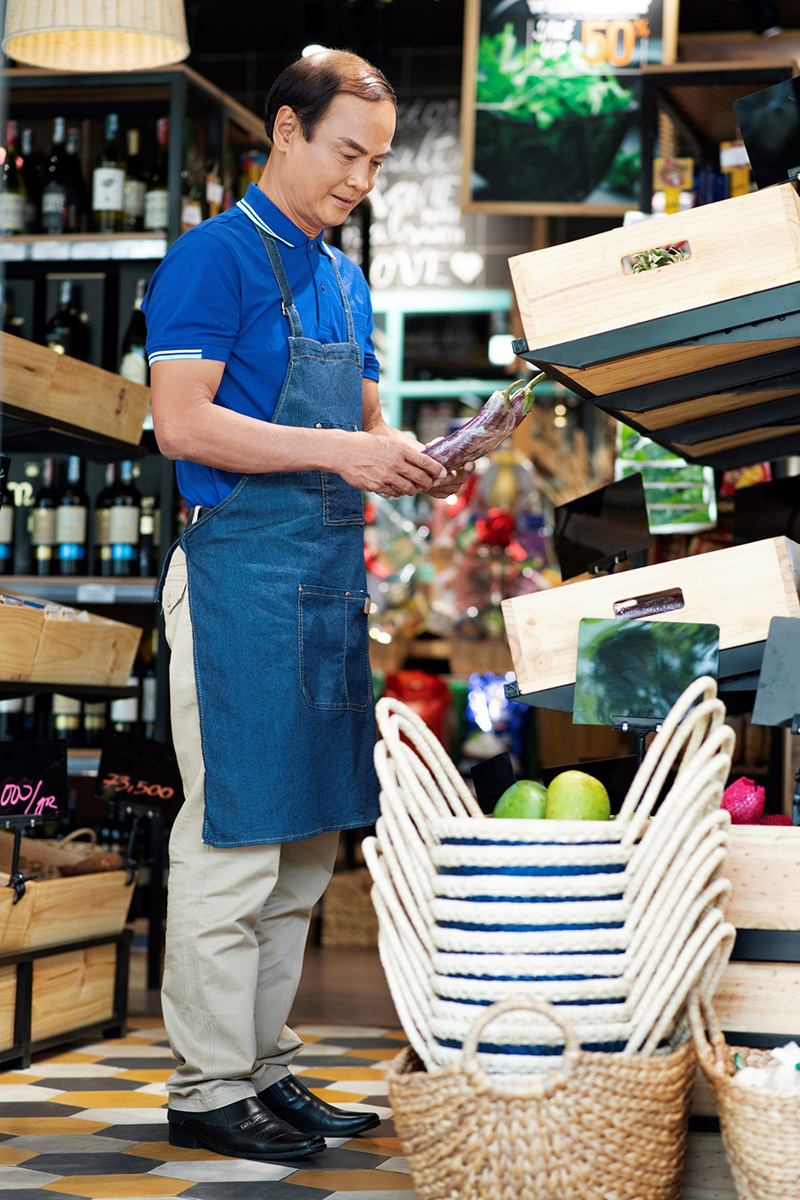
Beyond quick wins, you should look at coupling localization decisions with your merchandising decisions to develop a pathway of long-term growth.Our team of retail experts suggests 4 key focus points for longer-term merchandising localization:
- Enhanced Category Space Allocation and Store Layout
- Assortment Amplification
- Pricing Optimization
- Inventory Refinement
Enhanced Category Space Allocation & Store Layout
One way retailers can localize is by focusing on key customer needs that require space investment. These are often sizable strategic decisions in select locations. For instance, we have seen a grocery chain build out a complete wine experience including staffing a full-time sommelier in stores with more affluent customers who make frequent, large wine purchases. Another mass retailer doubled the amount of space in their bike section and added a whole line of premium bikes in select locations with high outdoor activity.
To inform these decisions, you want to have a clear line of sight to the size of the opportunity. You’ll also need to have a plan on where you will take the space from and understand the financial implications on other categories.
Step 1: Dive deep into category performance by store to see where there are major expansion opportunities
Start by comparing category-level performance and inventory turns across stores to identify which store/category combinations are significantly overperforming. Assess productivity on a per foot basis to identify outlier categories that may warrant significant space investment in select locations.
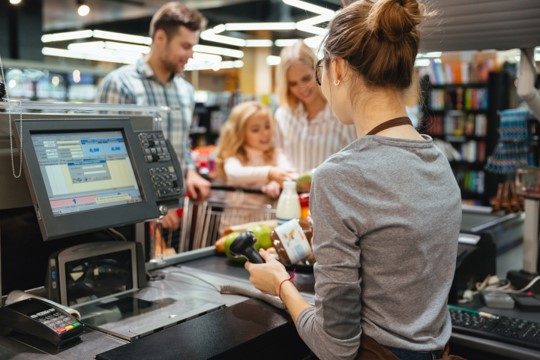
Step 2: Double click into those stores by spending time with the store team and customers
The intent is to validate if the outsized category performance is likely to persist. Spend time with store and district managers to get a well-round picture of who the local customers are. For an even more granular understanding, travel to stores and interview customers. Leverage these “boots on the ground” insights to verify if expanding space is the right decision.
Step 3: Determine the financial implications of optimizing your space allocations based on linear feet productivity
By looking at performance differences by category footage increments, you can see the value of expanding and contracting space in an individual category. Estimate how much additional space you’ll need to deliver a balanced, but augmented customer experience.
Determine if you want to optimize based on sales, profit, units, or a blended mix of multiple KPIs

Step 4: Create destination stores through marketing campaigns and in-store advertising collateral to drive customer awareness
To capture the full value of your category space allocation adjustments, leverage in-store signage and fixtures to enhance the customer experience and inform visiting customers of the newly expanded categories. To drive outside awareness, work with local media or roll out targeted social media campaigns to tell customers what is different and why they should visit.
Making category space adjustments in stores is very labor intensive. You may want to time space adjustments with store remodels.
Assortment Amplification
It is vital to determine how localized your assortment should be at a category level. For example, grocery categories such as BBQ sauce and beer are often highly regionalized. On the other hand, the assortment in OTC medicine is much more consistent across the country. Even in more homogenous assortment categories, be aware of pockets of regional items. In OTC for example, Aspirin powders like BC and Goody’s perform extremely well in the South and warrant a broader assortment.
When executed successfully, localized assortments will improve customer experiences, drive higher retention rates, and ultimately, lead to additional sales.
Dollar Tree localized their carbonated soft drink, pet, and laundry product assortments by analyzing store-level category demand differences.
Step 1: Begin by choosing a category and analyzing item-level performance before clustering stores based on over and underperforming product attributes.
The more localized your assortment, the broader your item catalog. As you make assortment localization decisions, you must be cognizant of executional challenges associated with adding complexity to a category and make sure you are equipped to manage that complexity.
Executional challenges include item setup, maintenance, and planogram drawing and proofing, and DC slotting constraints.
Step 2: For each cluster, identify test stores where you will expand your assortment breadth in those key product attributes. Brands, size, ingredient, color, and flavor are all examples of attributes that may pop in a store cluster.
To compare relative performance of items consistently, you must go beyond looking at national sales and unit numbers. Utilize benchmarks like sales units and dollars per store per week to get accurate apples to apples comparisons. Monitor the incremental impact of the assortment expansions and refine your strategy within each cluster based on financial performance.

Ensure you still have adequate representation of key national brands, need states, and pricing tiers in each cluster.
Step 3: Scale from your test stores to your clusters once you have conclusive results
As you get ready to scale, it is crucial to understand the impact on your suppliers. Make sure you are giving your suppliers enough lead time to grow with you. Take advantage of growing points of distribution for suppliers and renegotiate where it makes sense.
Besides assortment, the timing of assortment changes and inventory flow will vary heavily in seasonal categories by region. For example, the timing of when you send in pool supplies, lawn and garden, and seasonal apparel should coincide with the regional weather changes.
Pricing Optimization
 The inflationary environment over the past two years has continuously challenged consumers. In our Spring 2023 Customer Sentiment Survey, we found rising prices to be the number one barrier to customer spend. While inflation rates have slowed, the CPI is still running up 3.2% as of July 2023 (BLS).
The inflationary environment over the past two years has continuously challenged consumers. In our Spring 2023 Customer Sentiment Survey, we found rising prices to be the number one barrier to customer spend. While inflation rates have slowed, the CPI is still running up 3.2% as of July 2023 (BLS).
Price-conscious consumers can be hard to capture and keep because they are so deal-focused. Through merchandising localization, retailers can better meet the needs of these customers by harvesting margin from less price sensitive markets to invest in areas with more price sensitivity.
By delivering lower prices in cost-sensitive markets, retailers can naturally drive higher store traffic, increase customer loyalty, and ultimately raise sales volume. In less price-sensitive regions, it is important to keep the risk of increased prices in mind and carefully monitor performance post-price changes.
Step 1: Capture competitive pricing data and assess how competitors vary prices by location
Benchmark your store pricing at a local level against relevant competitors as a starting point for pricing optimization. Web-scraping is a good starting point, but if you don’t have those capabilities internally, you can partner with providers like Intrics or Engage3 who can supply competitor pricing insights.
Step 2: Assess your item-level price elasticity to determine if price sensitivity fluctuates by region
Customers react differently to price changes. To best meet the needs of all your customers, you must first understand item-level price sensitivity variations across your store fleet.
Step 3: Identify your own pricing zones based on competitor pricing regions and customer price sensitivity
With competitor and customer insights you can start grouping stores. A simple framework is delineating stores that belong in highly competitive pricing markets and those that don’t, and stores where customers are highly price sensitive and those where they are not.
Step 4: Calculate financial implications of your price moves
Once stores are grouped, you can design a price strategy for each store grouping. Be thoughtful about where you need to invest more aggressively in price and how you appropriately fund that investment.
Leverage item-level elasticity to predict the impact of pricing adjustments. Since customers react to both yours and your competitors’ pricing, you must carefully monitor customer responses and adjust on the fly.
You must be even more deliberate and attentive to high velocity, Key Value Items (KVIs).
Customers are increasingly aware of prices for items they purchase most frequently. High unit velocity items and products with high basket penetration should be focused on first. Even retailers who primarily focus on national pricing will flex on KVIs such as milk, bread, eggs, and produce to compete with other players. We’ve seen retailers have store specific pricing on KVIs because it is that important to them to get pricing right at every location.
Inventory Refinement
While replenishment settings are set at a store and item-level, you must be deliberate in determining how much holding capacity is needed on the shelf and adjust facings accordingly. If these decisions are made on average across your store fleet, high performing stores will likely lack necessary inventory levels for key products, while slow-turning stores will be sitting on too much product.

Step 1: While formulating your assortment clusters, you should also assess your item-level velocity by store.
Since shelf holding capacity impacts assortment breadth, these decisions should be made at the same time. Make sure you balance assortment breadth with inventory depth. Be sure to protect high-velocity items and categories with sufficient shelf holding capacity.
Step 2: Group stores into low, medium, and high velocity clusters and determine the needed on-shelf holding capacity by item within each cluster to satisfy peak demand.
Identify peak demand across the year and calculate the period’s minimum shelf holding capacity for each velocity cluster. Assess if your highest velocity stores require their own cluster. Also consider secondary space locations like endcaps to expand holding capacity in peak seasons.

Step 3: Incorporate relevant omni processes such as in-store pickup, micro-delivery, or online order fulfillment into store-level inventory requirements.
It’s quite common for ecommerce inventory systems to be separate from store systems. If your systems are not integrated, but store inventory is being utilized to fulfill ‘.com’ demand, you must plan for those inventory needs. If your planogram program isn’t accounting for ‘.com’ orders, you’ll need to manually adjust your holding capacity based on ‘.com’ forecasts.
For example, if you are utilizing a core group of stores for ‘.com’ fulfillment, you’ll want to increase holding capacity on high velocity ‘.com’ items.
We’ve seen instances of 2-4% growth in high velocity categories by optimizing store-specific holding capacity without making assortment adjustments.
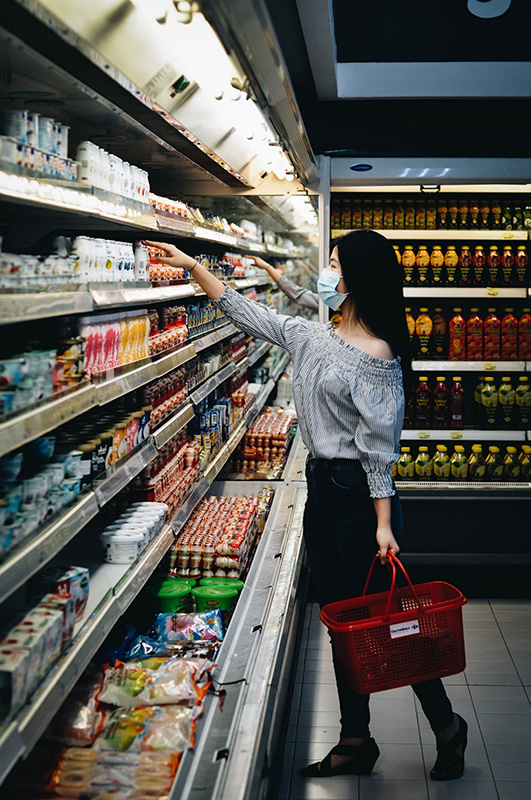
Retailers must act today to stay relevant to their customers. Localization is challenging but necessary in today’s hyper competitive world. Retailers must invest the time, effort, and resources into tailoring merchandising decisions to their customer needs. Retailers must find the right blend of enhancing their merchandising strategies with advanced analytics and insights.
Looking to enhance your merchandising localization capabilities? At A&M CRG, we have the knowledge and expertise to support your transformation. We are passionate about helping companies achieve their maximum potential and be on the right side of disruption. We look forward to connecting.
By Chad Lusk, Brandon Pezely, and Spencer Gorsline
